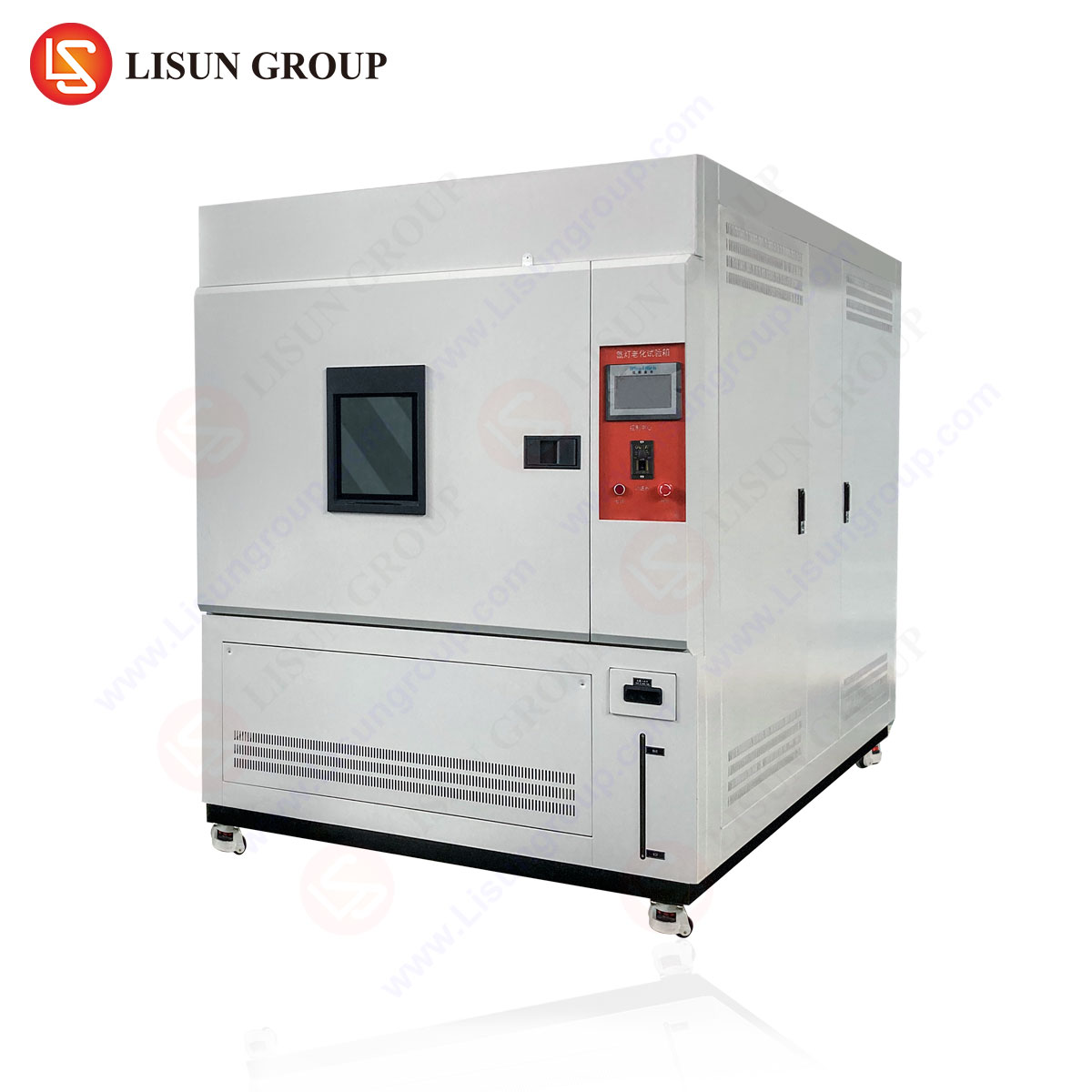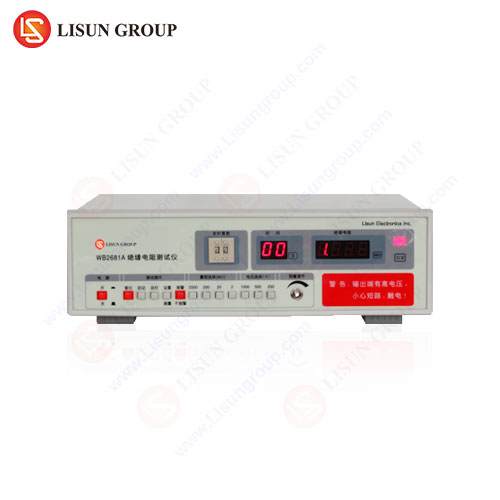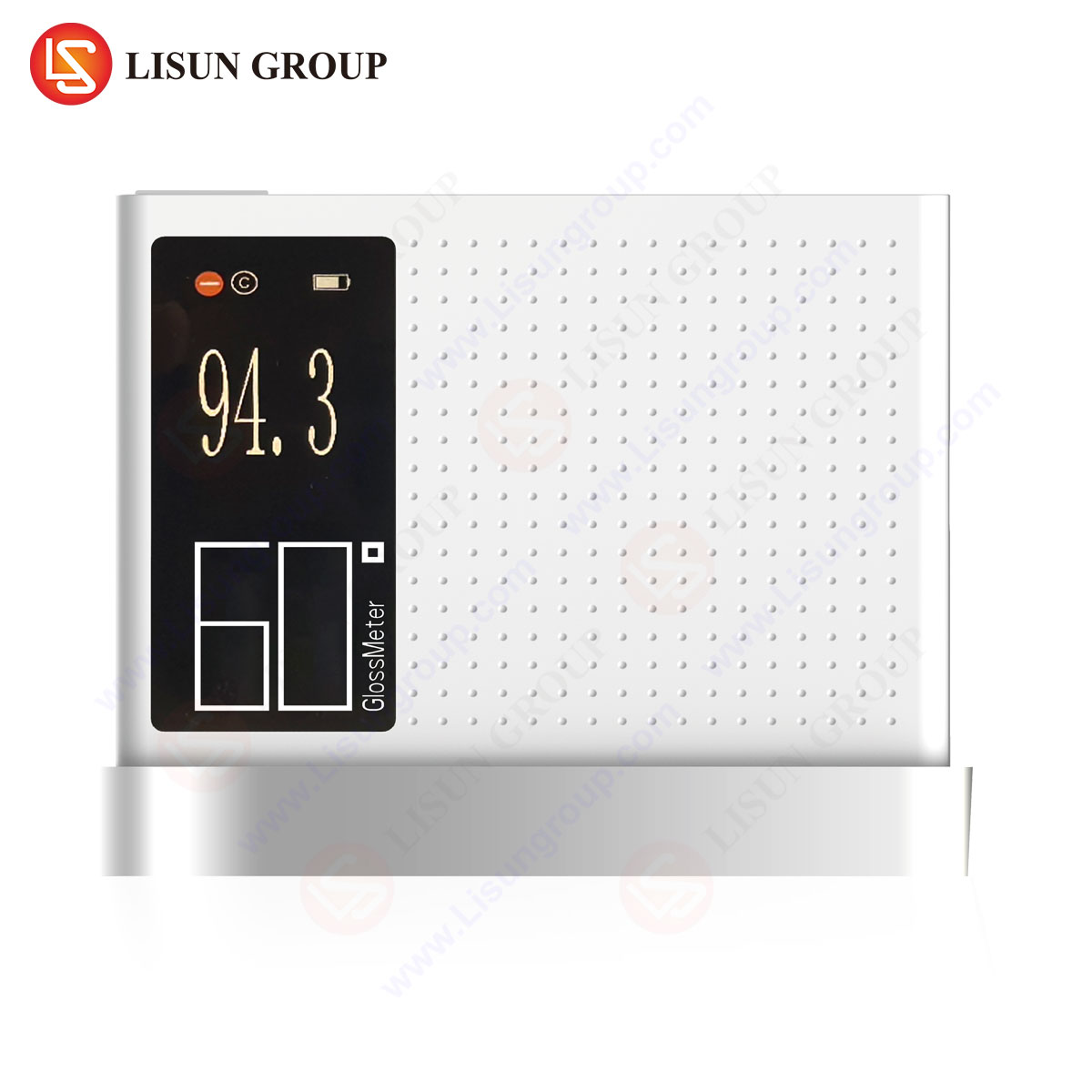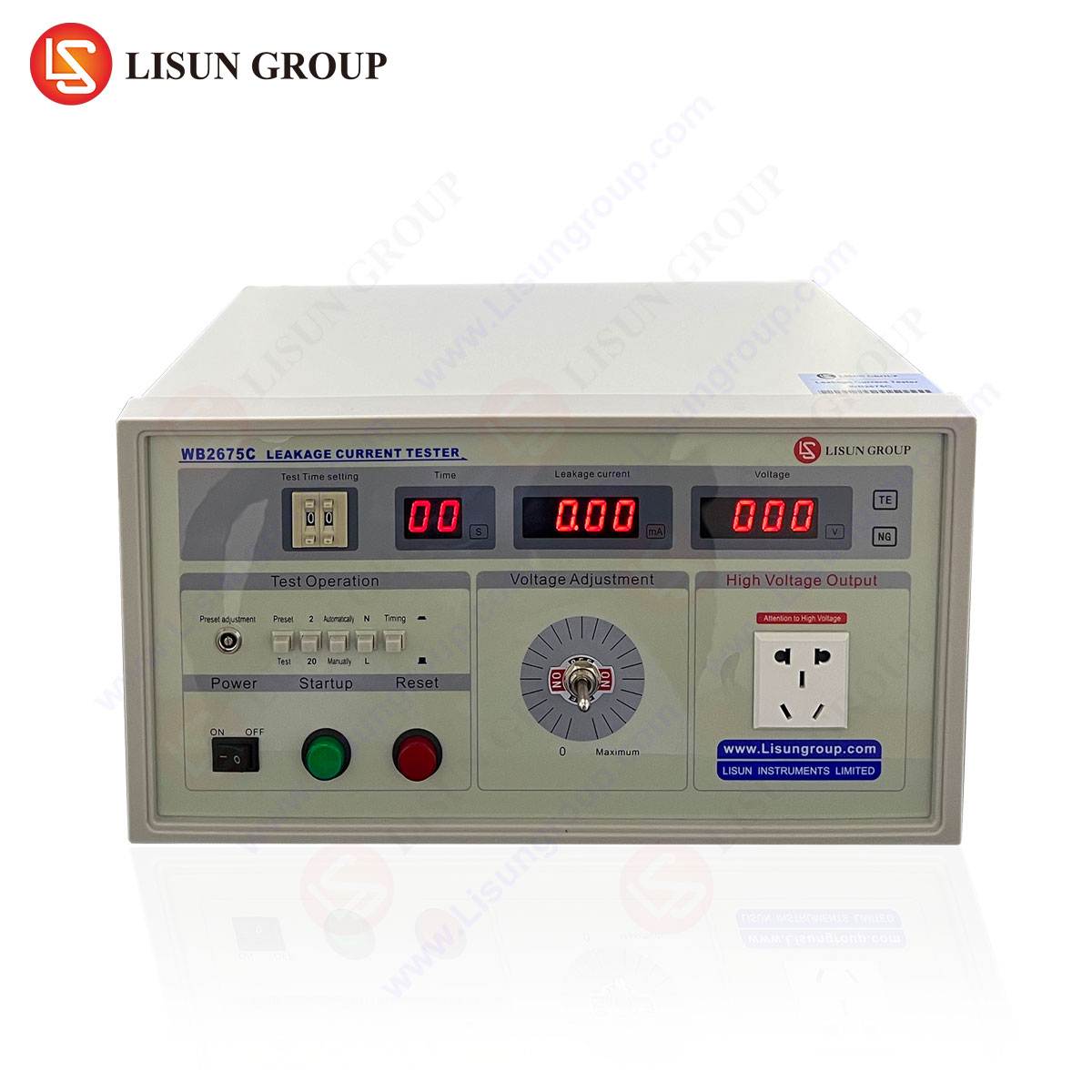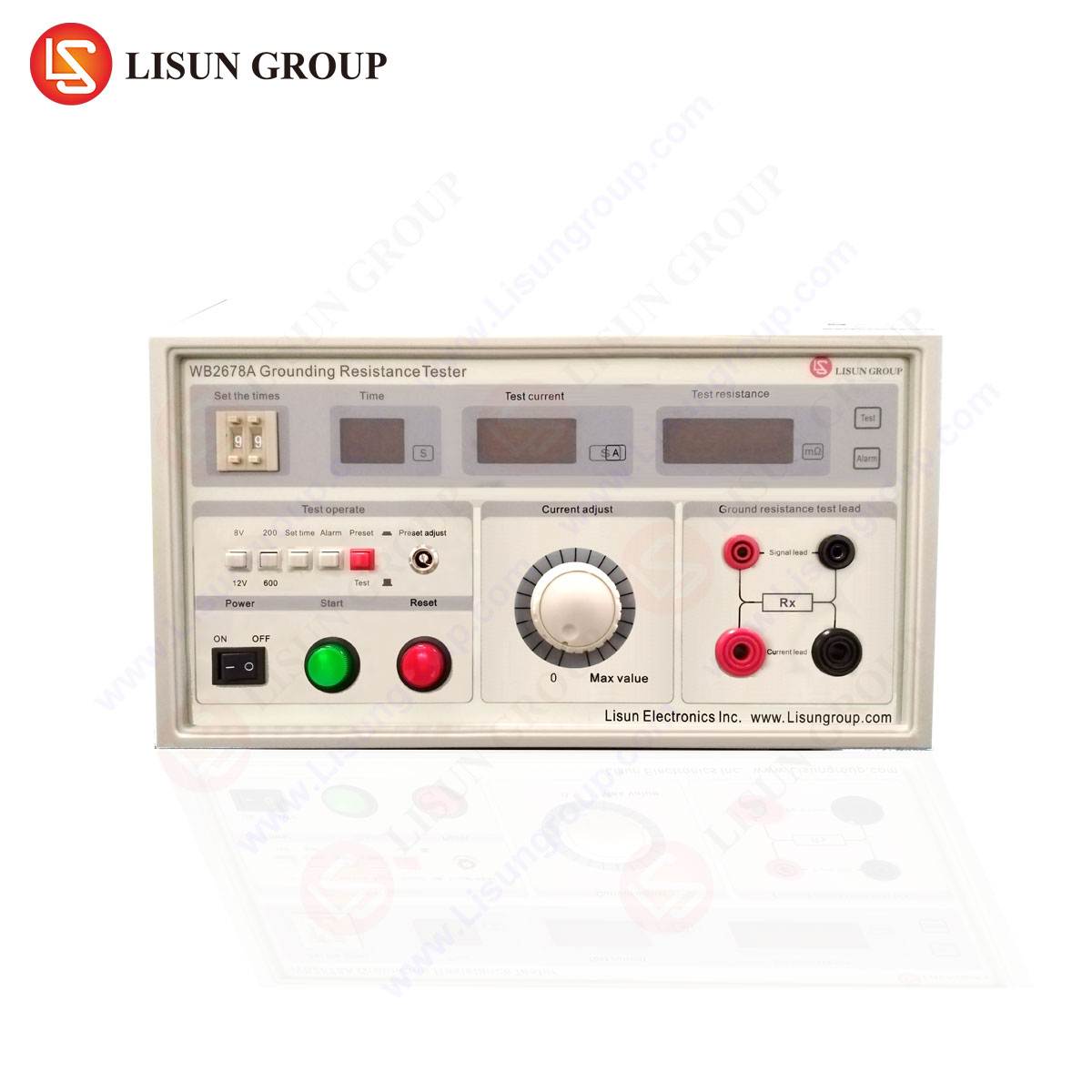Introduction to Leakage Current Testing in Modern Electrical Systems
Leakage current testing is a critical procedure in the evaluation of electrical and electronic equipment, ensuring compliance with international safety standards and minimizing risks associated with electrical faults. Uncontrolled leakage currents can lead to insulation degradation, equipment malfunction, and, in extreme cases, electric shock hazards. As industries such as medical devices, automotive electronics, and household appliances demand higher reliability, the role of precision leakage current testers becomes indispensable.
Itu WB2675D Leakage Current Tester oleh LISUN exemplifies advanced instrumentation designed to measure leakage currents accurately across a broad spectrum of applications. This article examines the technical principles, industry applications, and regulatory compliance aspects of leakage current testing, with a focus on the WB2675D’s capabilities.
Fundamental Principles of Leakage Current Measurement
Leakage current arises due to imperfections in insulation, capacitive coupling, or conductive pathways in electrical systems. Three primary types of leakage current are measured:
- Touch Current (Enclosure Leakage) – Current flowing through a human body when contacting exposed conductive parts.
- Protective Conductor Current – Current returning via the grounding conductor.
- Earth Leakage Current – Current escaping to earth due to insulation breakdown.
The WB2675D employs a differential measurement technique, isolating the leakage component from the operational current. By simulating human body impedance (per IEC 60990), it ensures accurate touch current assessment. Its high-resolution sampling (0.1 µA) detects minute leakage levels, critical in medical and aerospace applications where stringent thresholds apply.
Key Specifications of the WB2675D Leakage Current Tester
The WB2675D is engineered to meet IEC 60601, GB 9706.1, and other international standards. Key specifications include:
| Parameter | Spesifikasi |
|---|---|
| Rentang Pengukuran | 0.001 mA – 20 mA |
| Ketepatan | ±(2% + 5 digits) |
| Test Voltage | 0 – 264 V AC/DC |
| Rentang Frekuensi | 45 Hz – 1 kHz |
| Human Body Simulation | Compliant with IEC 60990 |
| Display Resolution | 0.1 µA |
These specifications enable the WB2675D to perform precise evaluations across diverse voltage and frequency conditions, ensuring compatibility with global testing requirements.
Industry Applications and Compliance Standards
Medical Devices (IEC 60601-1, GB 9706.1)
Medical equipment must maintain leakage currents below 100 µA for patient-connected devices (Type BF/CF). The WB2675D’s high sensitivity ensures compliance, preventing microshock risks in dialysis machines or ECG monitors.
Household Appliances (IEC 60335-1)
Refrigerators, washing machines, and microwaves undergo rigorous leakage testing to prevent user exposure. The tester’s automatic polarity reversal feature identifies insulation weaknesses under varying load conditions.
Automotive Electronics (ISO 7637-2, LV 124)
Electric vehicle components, including charging systems and infotainment modules, require leakage assessments to prevent battery drain and ensure passenger safety.
Lighting Fixtures (IEC 60598-1)
LED drivers and high-voltage luminaires are tested for earth leakage, particularly in damp environments where insulation resistance may degrade.
Industrial Control Systems (IEC 61010-1)
Motor drives and PLCs are evaluated to prevent ground faults that could disrupt manufacturing processes.
Competitive Advantages of the WB2675D
- Kepatuhan Multi-Standar – Supports IEC, UL, and GB standards, reducing the need for multiple testers.
- Automated Test Sequences – Pre-programmed routines for touch current, protective conductor current, and earth leakage minimize operator error.
- High Noise Immunity – Shielded circuitry ensures stable readings in electrically noisy industrial environments.
- Pencatatan dan Pelaporan Data – Integrated memory stores test results for traceability, essential for ISO 13485 (medical) and IATF 16949 (automotive) audits.
Testing Methodology and Best Practices
Proper leakage current testing requires adherence to standardized procedures:
- Pre-Test Calibration – Verify the tester’s accuracy using a certified current source.
- Test Environment Setup – Ensure stable input voltage and eliminate external interference.
- Dynamic Load Testing – Assess leakage under varying operational states (e.g., motor startups).
- Polarity Reversal – Detect asymmetrical insulation weaknesses by reversing live and neutral connections.
The WB2675D simplifies these steps with auto-ranging and real-time waveform analysis, reducing manual intervention.
Regulatory Framework and Future Trends
Global standards continue to evolve, with stricter leakage limits for IoT devices and renewable energy systems. The WB2675D’s firmware-upgradable design ensures adaptability to emerging regulations like the EU’s updated Low Voltage Directive (LVD).
Bagian FAQ
Q1: What is the significance of human body simulation in leakage current testing?
A: IEC 60990 defines an impedance network (1.5 kΩ + 0.22 µF) to replicate human body resistance, ensuring realistic touch current measurements.
Q2: Can the WB2675D test DC leakage in EV charging stations?
A: Yes, its DC measurement capability (0 – 264 V) supports electric vehicle component testing per ISO 6469-3.
Q3: How does the WB2675D handle high-frequency leakage in switch-mode power supplies?
A: Its 1 kHz bandwidth captures high-frequency leakage components common in SMPS designs.
Q4: Is the tester suitable for production-line testing?
A: Yes, its fast sampling rate (<100 ms) and pass/fail thresholds enable high-throughput quality control.
Q5: What distinguishes the WB2675D from basic multimeters for leakage testing?
A: Unlike multimeters, it incorporates standardized impedance networks, automated sequences, and compliance reporting—critical for certification.


